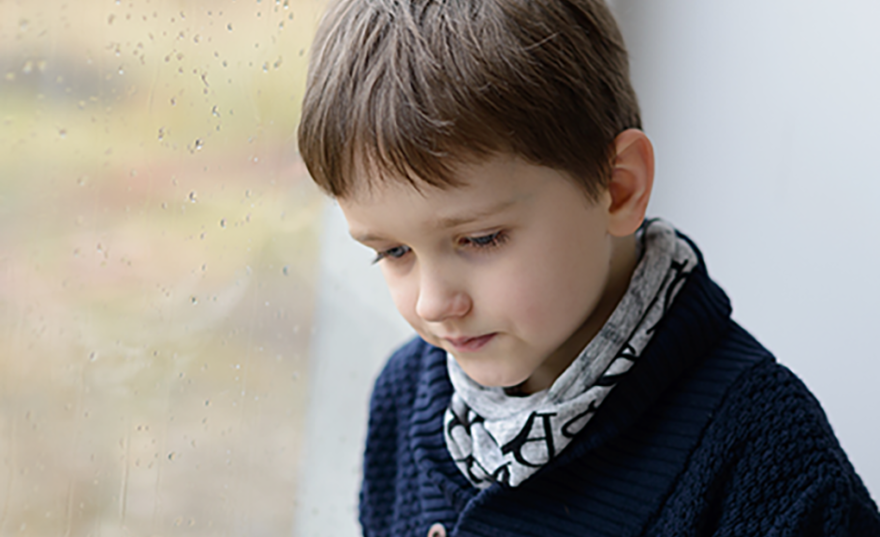Delia Gheorghe and colleagues at the University of Oxford have harnessed data from the UK Biobank to delineate the relationship between adverse experiences and brain structure. The researchers accessed brain imaging data together with retrospective reports of childhood adversity and adulthood partner abuse from more than 6,000 adults (mean age, 62.1 years). They tested for associations and found that emotional abuse in childhood was associated with smaller volumes of the cerebellum (which supports emotional processing) and the ventral striatum (involved in reward processing).
“We suspect that inter-individual differences in key brain regions may mediate the relationship between experiences of adversity and later psychopathology”, explains Gheorghe. “Our results provide further evidence that structures involved in stress-related information processing might be particularly important. Findings such as these help generate further avenues to explore novel treatment strategies, such as non-invasive brain stimulation, or pharmaceutical targets.”
Although the study findings were statistically significant, the effect sizes for these associations were relatively small. This means that differences in brain structure might not necessarily translate to differences in behaviour, so might not be clinically significant.
“It is relatively unprecedented to be able to investigate neuroimaging associations with adverse lifetime experiences in such large, well-phenotyped population cohorts, like the UK Biobank”, says Gheorghe. “Further progress in shaping our understanding of the neurobiological consequences of adverse experiences is likely to be built around large datasets, but also longitudinal data and rigorous assessment of adverse events.”
Referring to
Gheorghe, D.A., Li, C., Gallacher, J. & Bauermeister, S. (2020), . J. Child Psychol. Psychiatr. doi: 10.1111/jcpp.13298.


